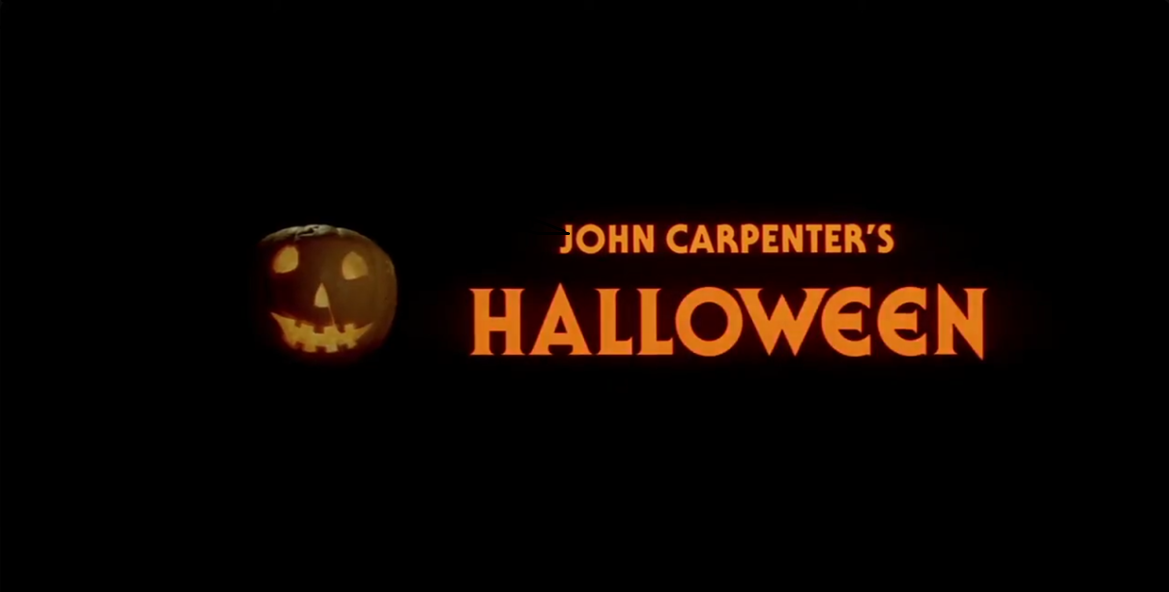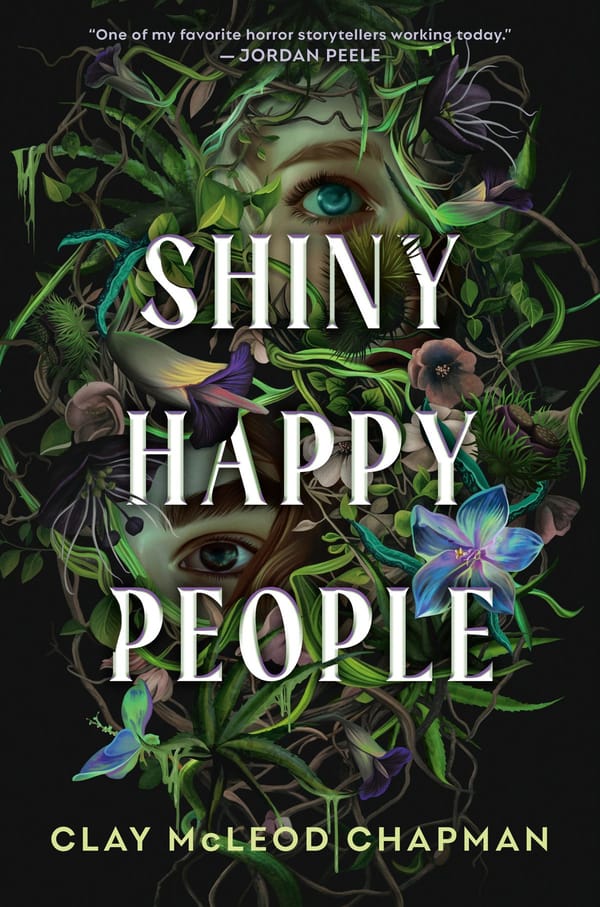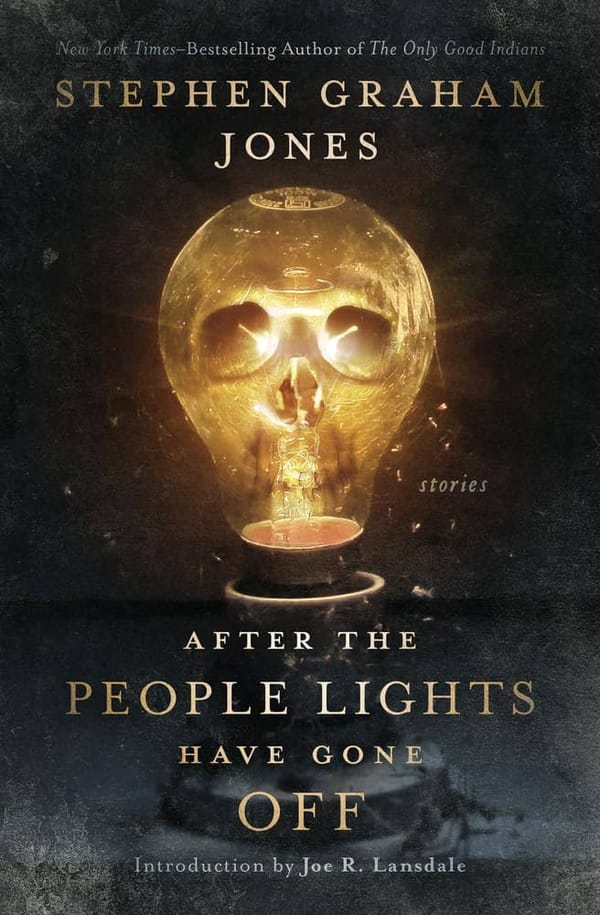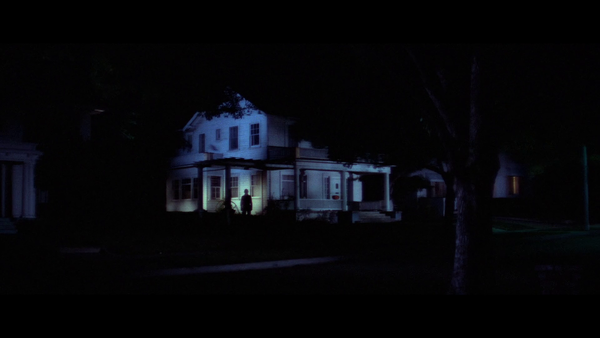Tracing The Shape 1: The First Face We See

Every year, my wife hosts a pumpkin carving party for family and friends. It's a very chill evening, complete with snacks and drinks and, usually, something very kid-friendly on TV.
It's also the evening that, every year, I carve the same jack-o'-lantern: The one from the Halloween opening credits. My wife makes fun of me for this, and I joke that I'm "chasing perfection" with my recreation, but there's one very clear reason, to me at least, why I do this.
Because I can't get it out of my head. If I were the kind of person who got tattoos, that jack-o'-lantern would be inked into my skin by now. It's just that important to me.
But what, apart from some obvious Halloween ambience, is it actually adding to the film? Visually, it's a nice complement to the orange titles that play over the first 150 seconds of Halloween, and taken together with John Carpenter's legendary score, it's a great tone-setter. Reams have been written about that score, and Carpenter himself has talked it to death, so when I started thinking about an essay on the opening credits, I thought about this jack-o'-lantern, and the hold it has on me.
It begins, I think, with the very charming, handmade nature of the thing. There was no money on this movie, so the crew just bought a pumpkin and carved it, doing their best approximation of the classic grin we associate with the tradition. But it's not perfect, not in that classic die-cut pumpkin way. The eyes aren't quite triangles, the mouth is wider on the left than it is on the right, making the smile more like a smirk, and then of course, there's that nose. That nose, a clean triangle with the mistake slit cut into the bottom that, when the lights go out and you're just looking at portions of the pumpkin, looks not unlike a knife in the dark...
Unless you're working with a world-class carving artist or you just have some kind of weird pumpkin phobia, the jack-o'-lantern is never the scariest thing about Halloween. It's a thing we do for fun, a thing families everywhere can do together. It's the light part of Halloween, which is why when Laurie goes to babysit Tommy Doyle, she brings a pumpkin along to keep the kid busy after trick-or-treating is done. It's the arts and crafts portion of the holiday.
But in these credits, backed up by that score, the jack-o'-lantern takes on more weight, more atmospheric might. As the credits roll to the right of the screen, the camera pushes in on the pumpkin on the left, slightly shakily, like a person just walking up to someone's front door, eyeing the decoration from the sidewalk. We're going to get to know this thing better, and it's not necessarily going to be pretty.
The closer the camera gets, the more we can see this thing's scars, and I don't just mean the knife marks. This is a pumpkin covered in dimples, scratches, and little divots where something took a chunk out. There's an even an extra little slash where the knife went down from the nose, through the upper lip and into one of the lower teeth. It's far from the picture-perfect thing we expect in most movies set around Halloween, the kind that do their best to project an idealized vision of the holiday onto the audience.
Some of this is, again, thanks to the handmade feel of the thing, and the simple reality that they just had to find a pumpkin and shoot something, but as a viewer, these scars take on a life of their own. The idyllic visage of a jack-o'-lantern, carved into the classic, even jovial grin pose, is smeared by these marks, invaded by the reality that no matter how careful you are, there are things bumping in the night on Halloween, ready to make their own marks.
Then something very interesting happens: Without zooming out again, the film cuts the lights, leaving us with only the pumpkin's interior candle to light the way. We get so close that all we can really see are one glaring eye, and that nose that looks so suspiciously like a knife, especially in close-up, especially when you black out everything surrounding it.
Knives are essential for jack-o'-lantern carving, of course, and it's hard to ignore the connection between this simple holiday ritual and what Michael Myers seeks to do to his victims. We see two people onscreen butchered with the same kind of kitchen knife that Laurie picks up for pumpkin carving, and it's no accident that that same knife, a basic 10-inch chef's knife, has become Michael's signature weapon. It's a collision of the domestic and the darkness, something that will come up over and over again throughout the film.
And of course, anyone who's ever carved a pumpkin in October will know, when they see that eyehole and that knifelike nose up close, what went in to making these shapes, and that pale yellow glow behind the eyes. Before you can do the fun part of jack-o'-lantern carving, you have to deal with the guts, the chore behind the face, the wetwork that makes the decoration possible. You have to take a once-living thing, carve it open, and hollow it out. You have to get messy, which is exactly what this movie is about to do to all of us. Seeing the pumpkin up close like this, all of its innards removed, its face roughly cut out, calls to mind a kind of festive autopsy, and nods in the direction of the violence that was done to achieve this effect.
It's a sign, in clear Halloween holiday language everyone can understand, of the violence still to come.
Next Time: Steadicams!


